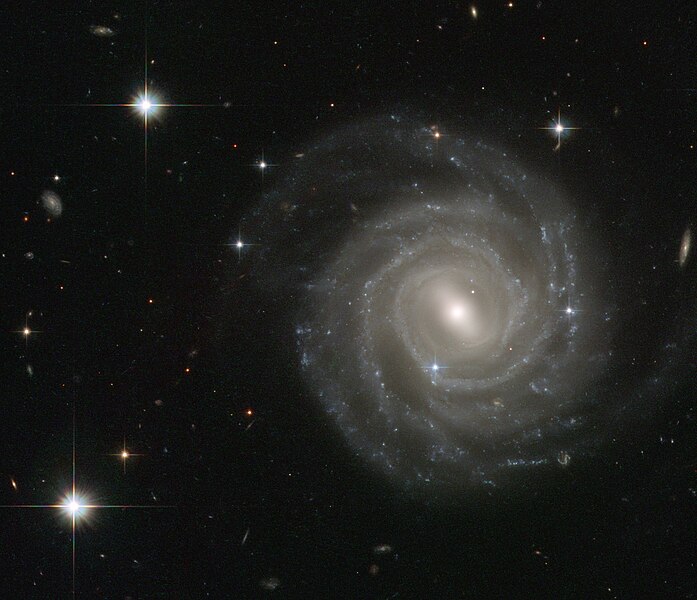Lêer:UGC 12158.jpg

Grootte van hierdie voorskou: 697 × 600 piksels. Ander resolusies: 279 × 240 piksels | 558 × 480 piksels | 893 × 768 piksels | 1 190 × 1 024 piksels | 2 381 × 2 048 piksels | 2 790 × 2 400 piksels.
Oorspronklike lêer (2 790 × 2 400 piksels, lêergrootte: 3,94 MG, MIME-tipe: image/jpeg)
Lêergeskiedenis
Klik op die datum/tyd om te sien hoe die lêer destyds gelyk het.
| Datum/Tyd | Duimnaelskets | Dimensies | Gebruiker | Opmerking | |
|---|---|---|---|---|---|
| huidig | 14:39, 20 Desember 2010 |  | 2 790 × 2 400 (3,94 MG) | Jmencisom | {{Information |Description={{en|1=The galaxy captured in this image, called UGC 12158, certainly isn’t camera-shy: this spiral stunner is posing face-on to the NASA/ESA Hubble Space Telescope’s Advanced Camera for Surveys, revealing its structure in f |
Lêergebruik
Die volgende bladsy gebruik dié lêer:
Globale lêergebruik
Die volgende ander wiki's gebruik hierdie lêer:
- Gebruik in ar.wikipedia.org
- Gebruik in azb.wikipedia.org
- Gebruik in bn.wikipedia.org
- Gebruik in bs.wikipedia.org
- Gebruik in ca.wikipedia.org
- Gebruik in cs.wikipedia.org
- Gebruik in cy.wikipedia.org
- Gebruik in de.wikipedia.org
- Gebruik in en.wikipedia.org
- Gebruik in en.wikiquote.org
- Gebruik in es.wikipedia.org
- Gebruik in fr.wikipedia.org
- Gebruik in ga.wikipedia.org
- Gebruik in hr.wikipedia.org
- Gebruik in hy.wikipedia.org
- Gebruik in it.wikipedia.org
- Gebruik in km.wikipedia.org
- Gebruik in ko.wikipedia.org
- Gebruik in la.wikipedia.org
- Gebruik in mk.wikipedia.org
- Gebruik in nl.wikipedia.org
- Gebruik in pl.wikipedia.org
- Gebruik in ro.wikipedia.org
- Gebruik in sk.wikipedia.org
- Gebruik in tr.wikipedia.org
- Gebruik in vi.wikipedia.org
- Gebruik in www.wikidata.org
- Gebruik in zh-yue.wikipedia.org
- Gebruik in zh.wikipedia.org
